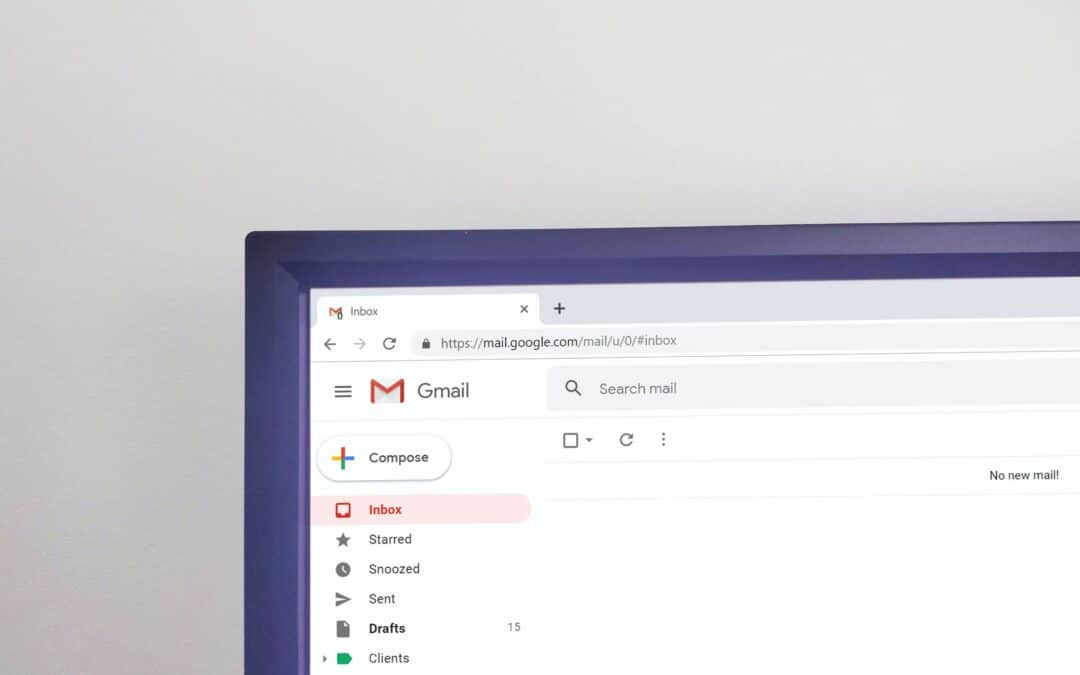You may wonder, why even bother with email in 2020? With all the social media sites available it’s a common mistake to assume that email is dead. This mistake could be one of the most expensive you’ll ever make.
The number of email users surpassed 4 billion mark this year. Let that number sink in for a moment. 4 billion email users worldwide. That’s more than half of the global population. Your prospects may not be on Facebook or Twitter, but they surely use email. And so should you.
It should be clear why use email, but there’s another pressing matter: how to do it properly. Generally, the best practices for email marketing are persistent across different industries, though there are caveats specific to the mortgage industry. We’ll be covering both.
- Have a clear strategy for your email communication. Sounds obvious, but it’s easy to forget that you need to have a clear idea of what you’re going to do before doing it. For email marketing, you have a number of options: a regular newsletter, announcements, promotional and sales emails, drip campaigns. Outline formats you’re going to use, what you’re going to write, frequency, and length.
- Be consistent. No matter how good your emails are — if you’re sending them out chaotically – your results won’t be great. When it comes to email marketing: consistency is the key. Your emails don’t need to be of crazy high quality, just make them good and send them out on a predefined schedule. There are no strict guidelines on how often you should send emails. It can be daily, weekly, bi-weekly, or even monthly. It may take some testing to find the ideal cadence. Sending less than once per month is not advisable though. Daily emails aren’t very likely to work for the mortgage industry either. Starting with twice per month is a good idea, then later on you can adjust if that frequency doesn’t work for you.
- Be compliant with regulations. As a mortgage professional, you ought to comply with many laws and regulations. Email marketing is no different, as its use is regulated by the CAN-SPAM Act. Disclose all the important information, don’t mislead your readers, provide them with a possibility to easily opt-out of your emails, and you should have no troubles.
- Nurture the leads. It’s tempting to cater only to people who are right on the brink of purchase, but you shouldn’t forget about customers who need a little more time. Email marketing is a great tool to reach prospects at all stages of the marketing funnel. Provide a healthy balance of content for all groups. If they need more time, provide them with all the information they may require for their research. And when they are ready to make a commitment, they are likely to remember who exactly helped them to get there.
- Manage your list. Lists are the heart of email marketing. Be sure to keep your list ‘healthy’– remove duplicates, fix or delete broken addresses. Segment your list based on the prospect’s place in the funnel (new subscribers vs. your customers), age, location, behavior (highly engaged subscribers vs those who barely open your emails). Ideally, you’d address these groups in slightly different ways. Buying a list might be a tempting idea, but think twice. You should earn permission to be in your customers’ inboxes, or you risk having your emails marked as spam.
Email marketing is among the best tools your mortgage business has at disposal. It’s faster than SEO, cheaper than PPC, and more reliable than social media. While you shouldn’t completely disregard these channels, email has to be one of your top priorities. Of course, there’s much more to the subject that we’ve covered in this blog, but these tips should provide you with a good foundation and a way to move forward. Do these, and soon you’ll have a stable stream of leads for your business.
How is email marketing working for your business? Join the discussion in the comments.


Recent Comments